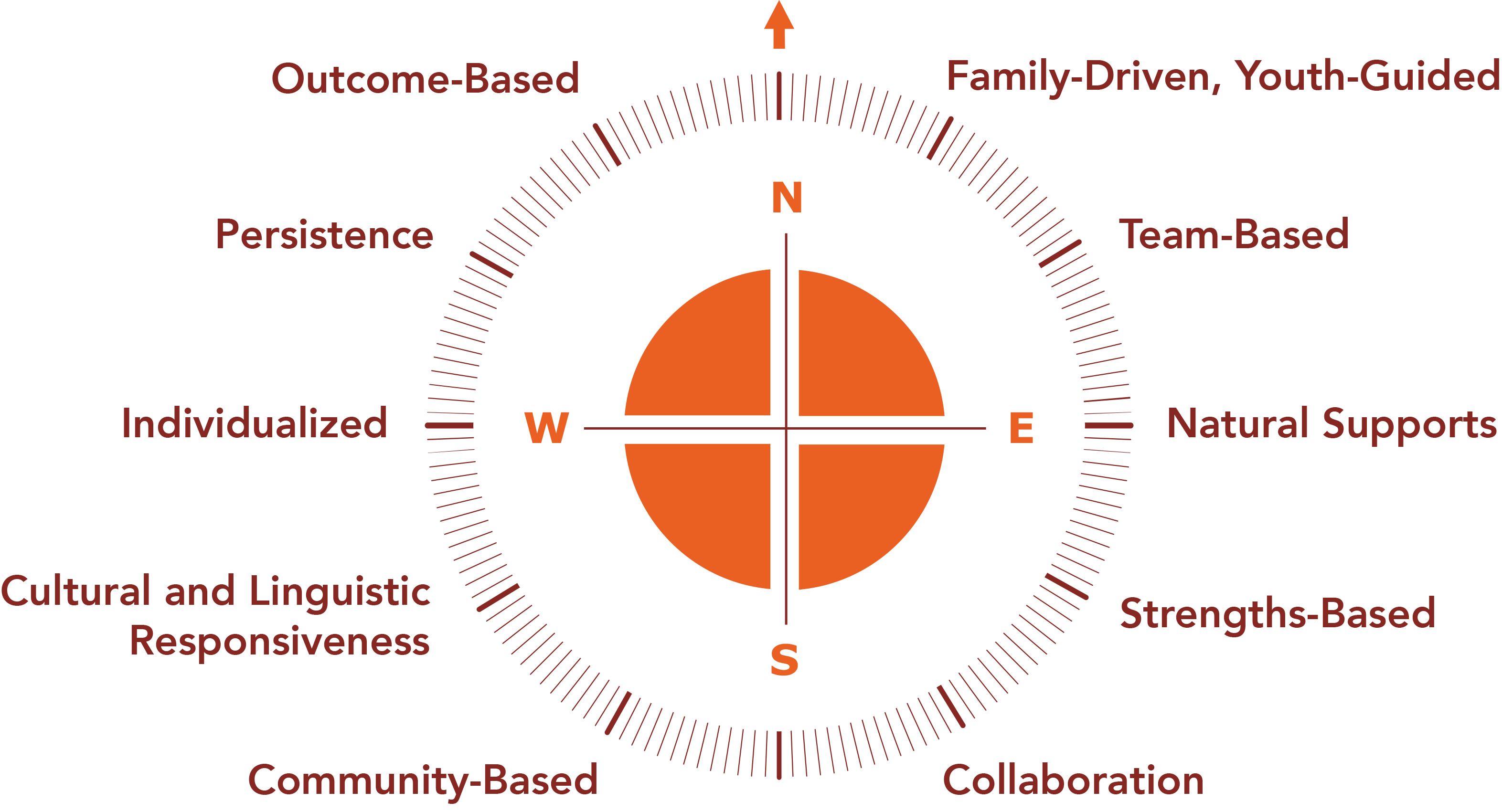
In addition to improving support for justice-involved foster youth in Illinois, the project spearheads several new features. Such services include evidence-based treatments, family therapy, psychotherapy, academic support, pro-social activities, substance abuse treatment, and career and employment support. Provide specialized service capacity to address complex needs of dually-involved youth: Through this project, Illinois expanded the availability of behavioral therapies and family-based alternatives to group care with specific capabilities for addressing the complex needs of dually-involved youth. With low caseloads (10-to-1), these facilitators can also assist in identifying a permanent home for the youth to avoid residential institutionalization, the type of facility most of these youth currently reside in for long periods of time. Coordinated through a trained facilitator, service planning is now tailored to each youth and planned with input from youth, their families, DCFS caseworkers, probation officers, clinicians, and other professionals involved with the families. This project established coordination among multiple private providers to facilitate the smooth delivery of services and handoffs across providers and systems. Implement family-centered care coordination to streamline service delivery: Typically, a dually-involved youth is assigned a state-level child welfare case manager and a county-level probation officer historically, there was little coordination between the two, with service needs determined primarily by clinical professionals and referrals based on pre-determined, inflexible treatment programs. Today, it takes fewer than three days for DCFS to be notified when a young person crosses over between the foster care and juvenile justice systems, and there are new processes in place to quickly match the youth to services. Through this project, the department streamlined data collection and referral mechanisms to create a live state-wide list of all dually-involved youth.
Wraparound manual#
Handwritten reports were faxed to a central office, requiring manual transcription into a state computer database, and caseworkers might not hear about an arrest until a foster family or provider remembered to call. Streamline the identification process of justice-involved foster youth: Illinois DCFS recognized a multi-week lag – an average of 90 days – between involvement in the juvenile justice system and formal reporting in the child welfare agency. This project strove to achieve these outcomes through three main activities: Reducing recidivism by preventing youth from future delinquency, criminal behavior, and incarceration andĮnhancing youth wellbeing through developing strengths and positioning the youth for successful transitions to adulthood.

Improving placements by safely serving youth in families and communities in lieu of institutional care (such as residential treatment centers and group homes) By catalyzing systems reform and investing in community-based treatment capacity, the project aimed to achieve outcomes across three dimensions: The GPL worked with the Illinois Department of Juvenile Justice (IDJJ), Department of Children and Family Services (DCFS), and local probation departments to improve outcomes for youth involved in both the juvenile justice and child welfare systems. More than half re-offend within two years, and most will spend substantial time in costly group living arrangements on average, an annual cohort of 700 youth experiences 1,300 arrests per year and 230,000 days spent in congregate care throughout their time in foster care. Many youth and their families struggle to navigate across systems and access services to help them holistically address their complex needs. As in many jurisdictions, it is difficult to swiftly arrange coordinated services and supports for these youth because the child welfare system is managed by the state while the juvenile justice system is decentralized across city police departments, county-run juvenile probation offices and detention centers, and the state’s juvenile corrections facilities. These justice-involved foster youth often exhibit symptoms of traumatic stress and demonstrate high levels of truancy, increased behavioral health challenges, and low likelihoods of achieving permanency in a family setting.

In Illinois, approximately 700 new young people annually experience simultaneous involvement with the foster care system and juvenile delinquency system.


 0 kommentar(er)
0 kommentar(er)
